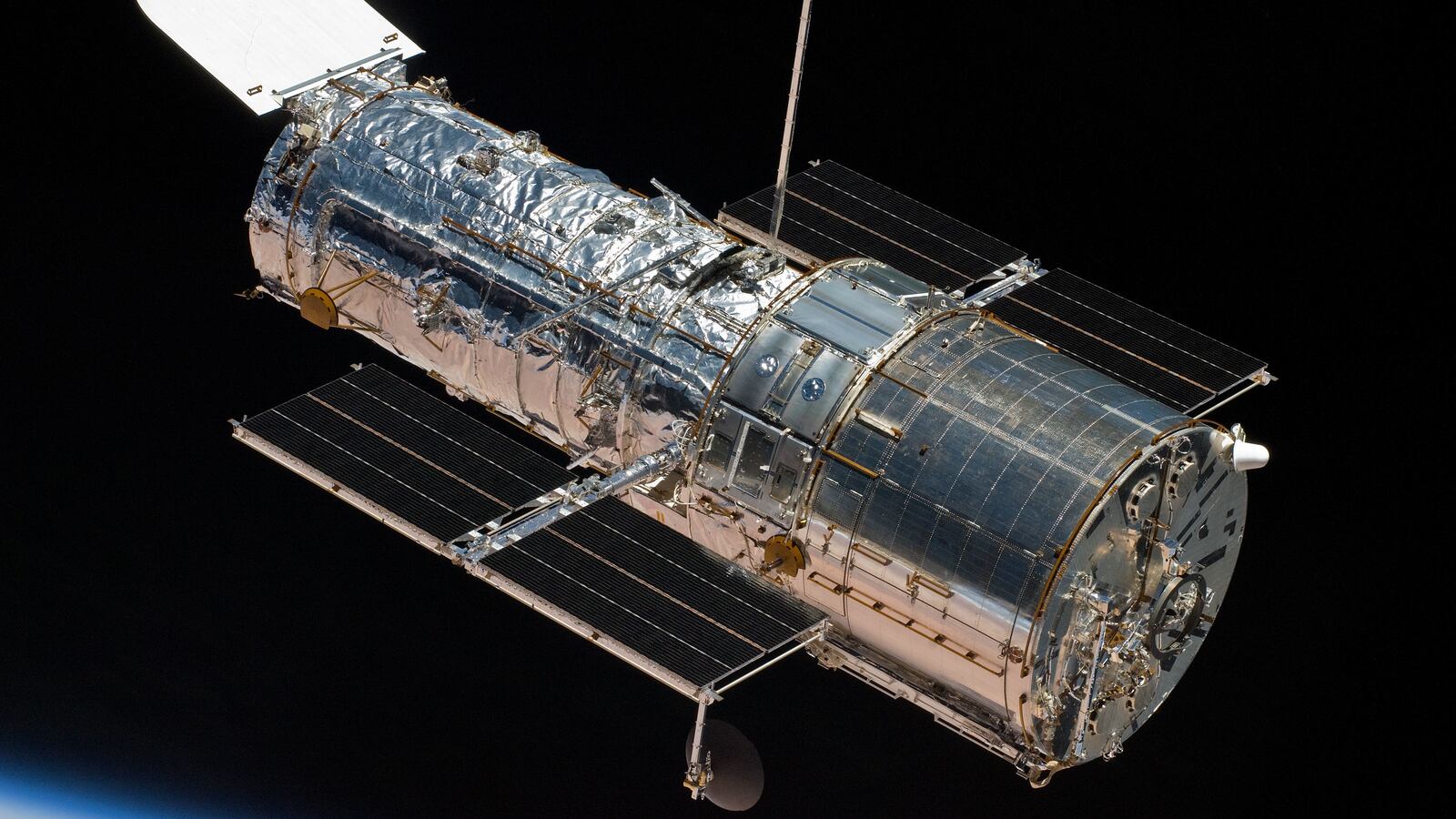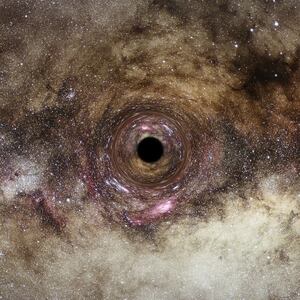The Hubble Space Telescope might be getting a much needed boost after NASA and SpaceX inked an agreement to explore ways to lift the spacecraft higher into orbit.
The 32-year-old orbital instrument has been steadily falling back to Earth since its last service mission in 2009. That’s why NASA and SpaceX have signed a Space Act Agreement—which allows the agency to work with private entities—to study the viability of nudging the telescope back up, thereby extending its lifespan by an estimated 15 to 20 years.
The idea would be to send SpaceX’s Crew Dragon spacecraft to the Hubble in order to boost it from its current 332 mile altitude orbit, to the 372 mile altitude it was originally stationed at when it was launched 1990. The study will look at the economic feasibility of such a mission, and explore whether or not the two parties could conduct a service mission to upgrade and repair the Hubble as well.

A view of Crew Dragon docking with the International Space Station.
NASAThink of it like taking your car in for an oil change—but instead of going to a Jiffy Lube, you’d be pulling off a multi-million dollar rocket launch followed by some incredibly precise repairs in microgravity.
Like many of NASA’s other projects, the agreement is open to other interested spacefaring companies like Blue Origin or Boeing to pitch their own plans as well. In a press conference attended by ArsTechnica, Hubble project manager Patrick Crouse told reporters that NASA would have to add propulsion systems to the telescope if no efforts were made to boost it back up. This system would be used to guide its re-entry back to Earth to land in the Pacific Ocean.
By spacecraft standards, the Hubble is very old by this point. When it launched more than three decades ago, NASA gave it an estimated life span of just 15 years. Service missions during the Space Shuttle program extended its life, allowing researchers to glean a wealth of data and stunning pictures of our universe even today.
However, things are currently looking dire for the agency’s workhorse telescope. The force of Earth’s gravity is exponential as you get closer to the planet—which means as Hubble falls in orbit, it plummets faster and faster. If nothing is done to boost it by the end of the 2020s, it’ll fall back to terra firma and its mission will end, according to Crouse. (And that’s assuming the numerous tech glitches it experiences these days doesn’t render the whole mission kaput beforehand.)
But despite the newer and flashier James Webb Space Telescope making a splash in the headlines (and for good reason), Hubble is still making discoveries—and occasionally even working with its younger counterpart. For example, the two telescopes teamed up to create a stunning composite image of the M42 Phantom Galaxy, which was made public in August.
The agency also has a financial incentive to keep Hubble going too. NASA estimates it has spent $16 billion to keep the telescope running since its launch. By stretching out its lifespan a bit longer, the agency can get more of their money’s worth out of a piece of technology that could already belong in a museum.
Either way, the telescope is likely on its last legs. The instruments and hardware keeping it running were built in the 1980s. It wasn’t expected to last past 15 years let alone more than double that timespan. Indeed the world is lucky that the telescope has made it this far—and who knows? Perhaps SpaceX can keep it going to inspire another generation of people.







